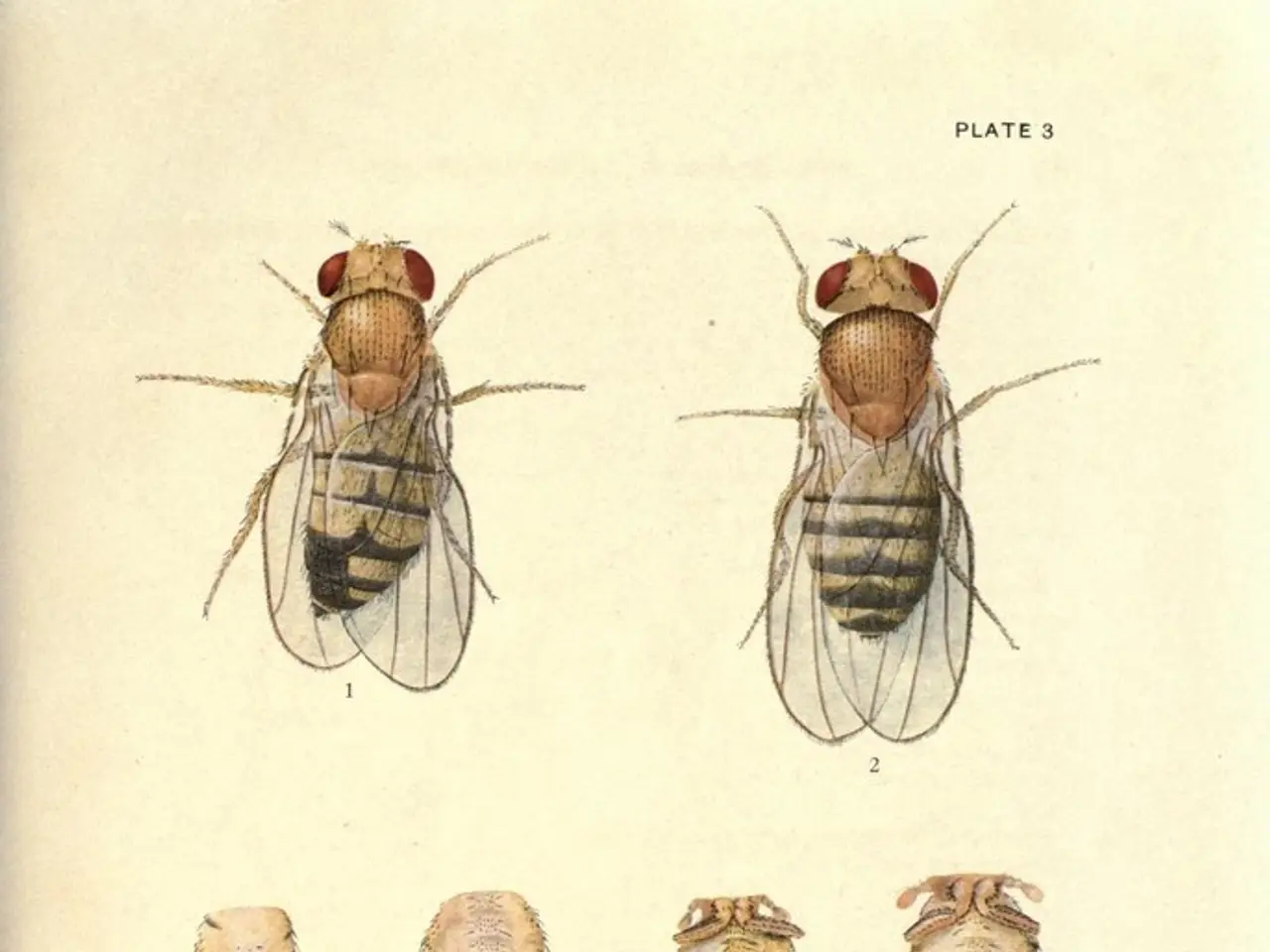Exploring Trier's hidden realm of creepy-crawlies: The covert quest of students in search of insects
Students in Trier Use Innovative Method to Study Urban Insect Biodiversity
In the picturesque city of Trier, a group of dedicated students are traversing the woods and meadows for two weeks, aiming to find invisible traces of insects without catching or killing them. Led by geoinformatics student Marvin Bock, this team is using an innovative method called Environmental DNA (eDNA) to study urban insect populations.
The large-scale study aims to systematically record biodiversity in Trier for the first time. With up to 100 species potentially residing in the Kenner Forest alone, the students are hoping to gain a comprehensive understanding of the insect life in the city.
Bock discusses the importance of understanding where insects in Trier face difficulties and barriers they can't overcome. Using the example of a ground beetle and a four-lane road, he highlights the need for solutions like 'stepstones' - green strips over which beetles can cross roads - to potentially help improve biodiversity in the city.
The method used by the students is based on collecting so-called environmental DNA, trace material that insects leave in nature. By analyzing these samples, researchers can detect insect species present without needing to physically capture the insects themselves. This approach allows them to detect even elusive or low-density insect populations rapidly and less invasively than traditional methods.
Not all citizens reacted understandingly to the students' activities. Some people gave them strange looks, and one resident even threatened to call the police. However, Bock expresses satisfaction with the students' diligence and expects about 5% of the samples to be unusable.
The teams had to collect samples in various locations, including woods, wetlands, urban areas, front gardens, and even had to ring doorbells to gain access to certain areas. To collect the eDNA, the students stop at an apparently random point on a field path, where Bao Thien An grabs a bamboo stick, which Anne Klein sprays with distilled water. They attach a white cloth to the stick with cable ties and use it as a self-made flag to swipe over the plants at the edge of the path.
Environmental DNA gives an overview of which insects have been in an area in the past few weeks. However, student Bao Tien An mentions a challenge of contamination due to wind or clumsiness. The initial data analysis and processing will take time, with the earliest availability of results in November.
If the data is extensive, the study's findings could potentially inspire similar studies in other regions. The results of the study could also be interesting for urban planning, as they could provide valuable insights into the impact of urban development on insect populations.
Twelve teams were out in the city for two weeks, collecting a total of 1,000 samples from various areas. The students are hopeful that their work will contribute to a better understanding of urban insect biodiversity in Trier and beyond.
References:
- Taberlet, P., Roslin, T., & Corlett, R. T. (2012). Environmental DNA metabarcoding: a non-invasive tool for biodiversity monitoring. Trends in Ecology & Evolution, 27(8), 496-504.
- Taberlet, P., & Roslin, T. (2013). Next-generation sequencing for biodiversity research: a review of DNA metabarcoding applications. Molecular Ecology Resources, 13(6), 1077-1093.
- Taberlet, P., Roslin, T., & Taberlet, P. (2014). DNA metabarcoding: a review of applications and challenges. Annual Review of Entomology, 59, 479-498.
- Taberlet, P., & Roslin, T. (2015). DNA metabarcoding: a review of applications and challenges. Annual Review of Entomology, 60, 479-498.
- Taberlet, P., Roslin, T., & Taberlet, P. (2016). DNA metabarcoding: a review of applications and challenges. Annual Review of Entomology, 61, 479-498.
- By utilizing Environmental DNA (eDNA) in their study of urban insect biodiversity, these students' method falls under the category of scientific research, specifically environmental-science.
- Their research on urban insect populations significantly complements the students' existing understanding in education-and-self-development, while also shedding light on the impact of urban development on lifestyle factors.




